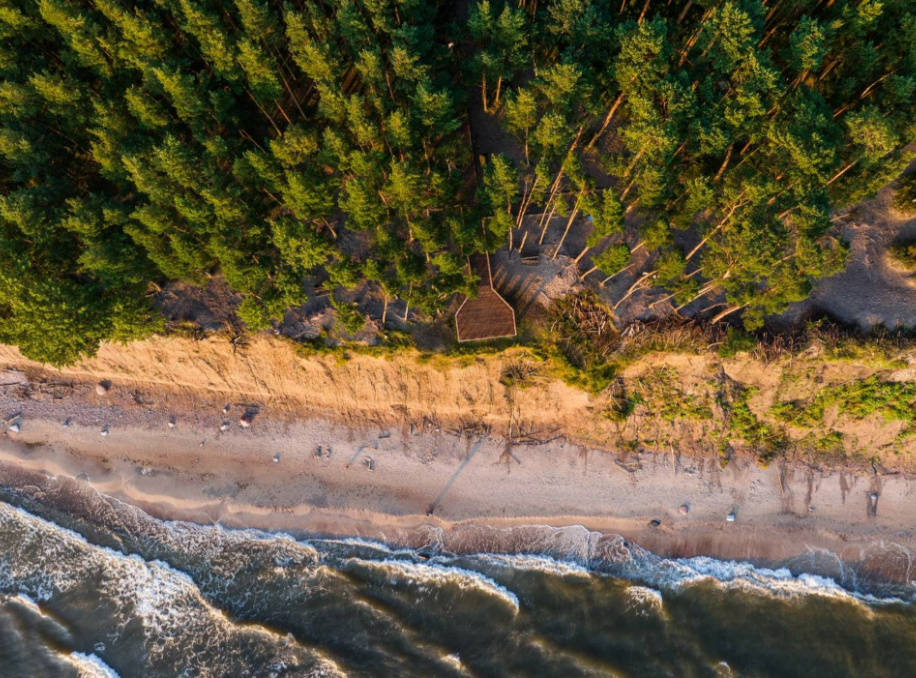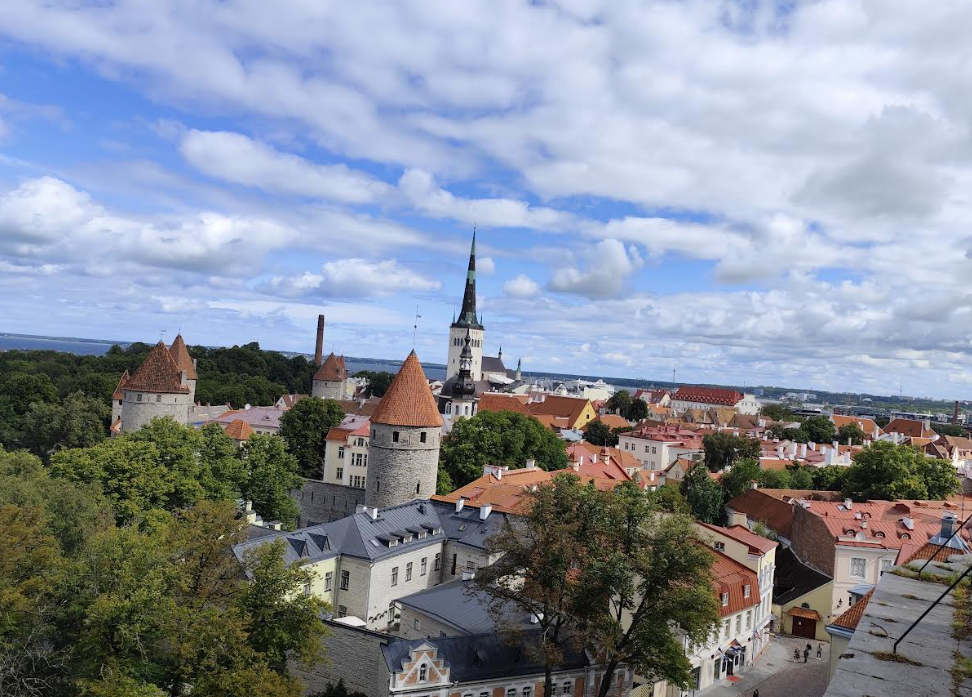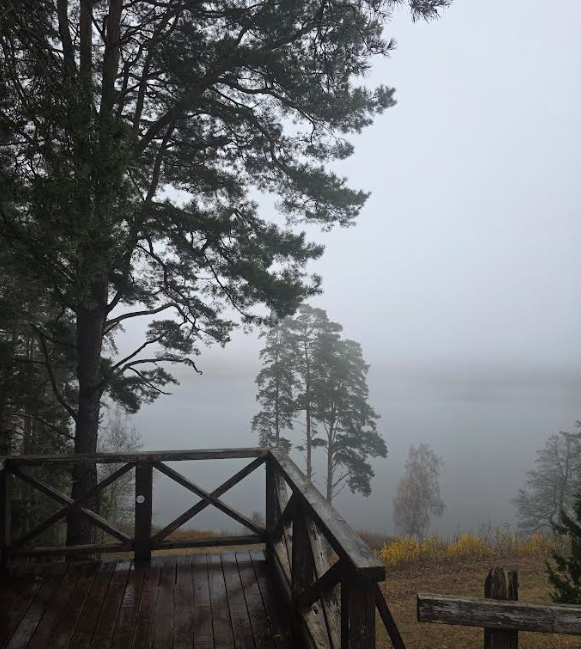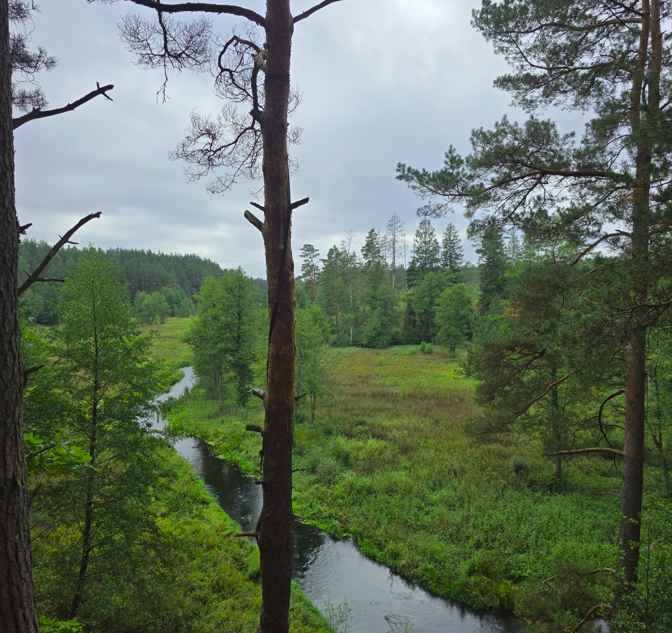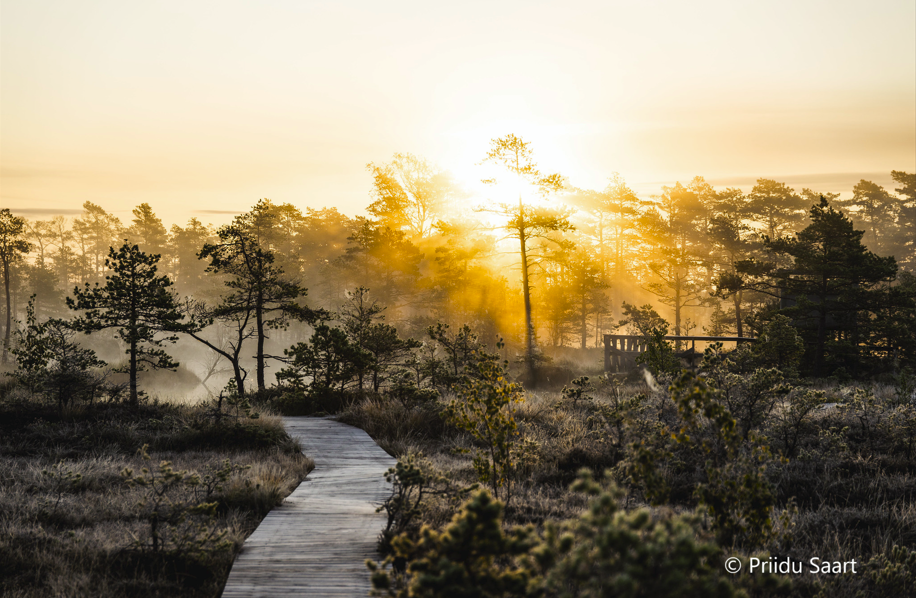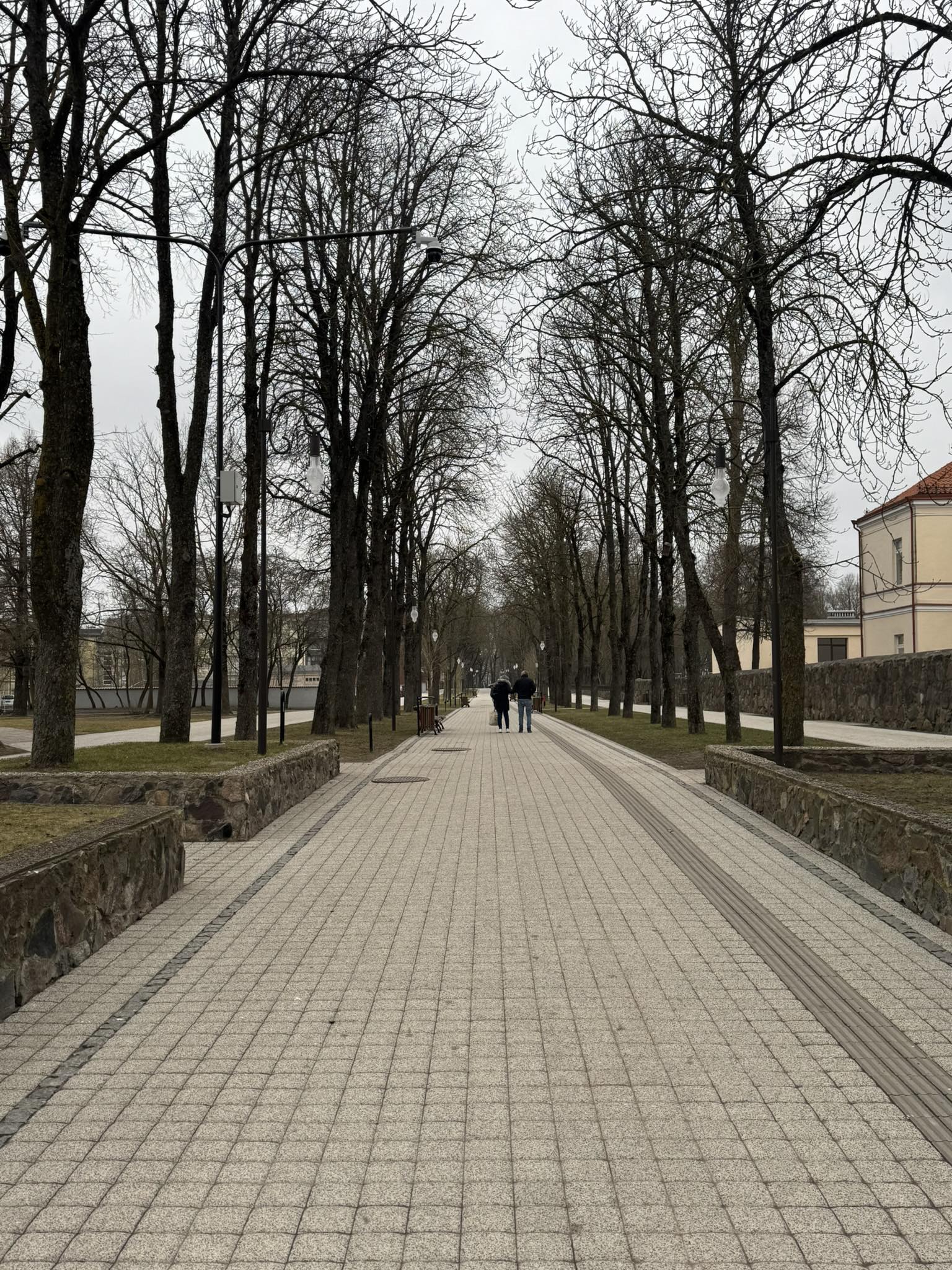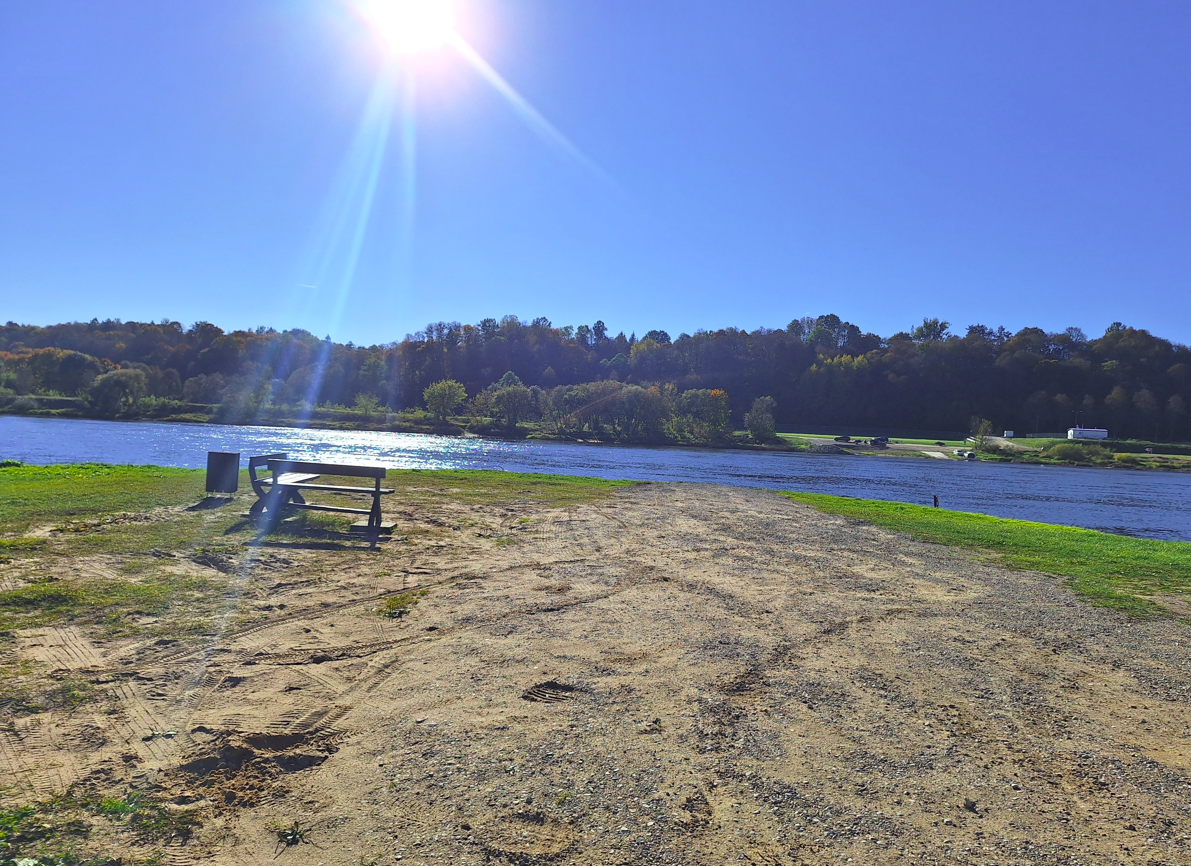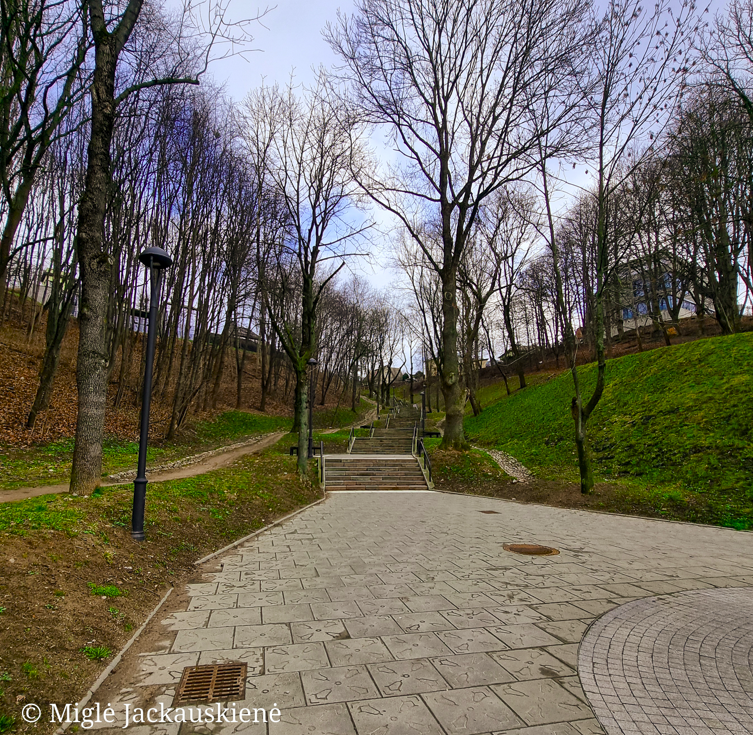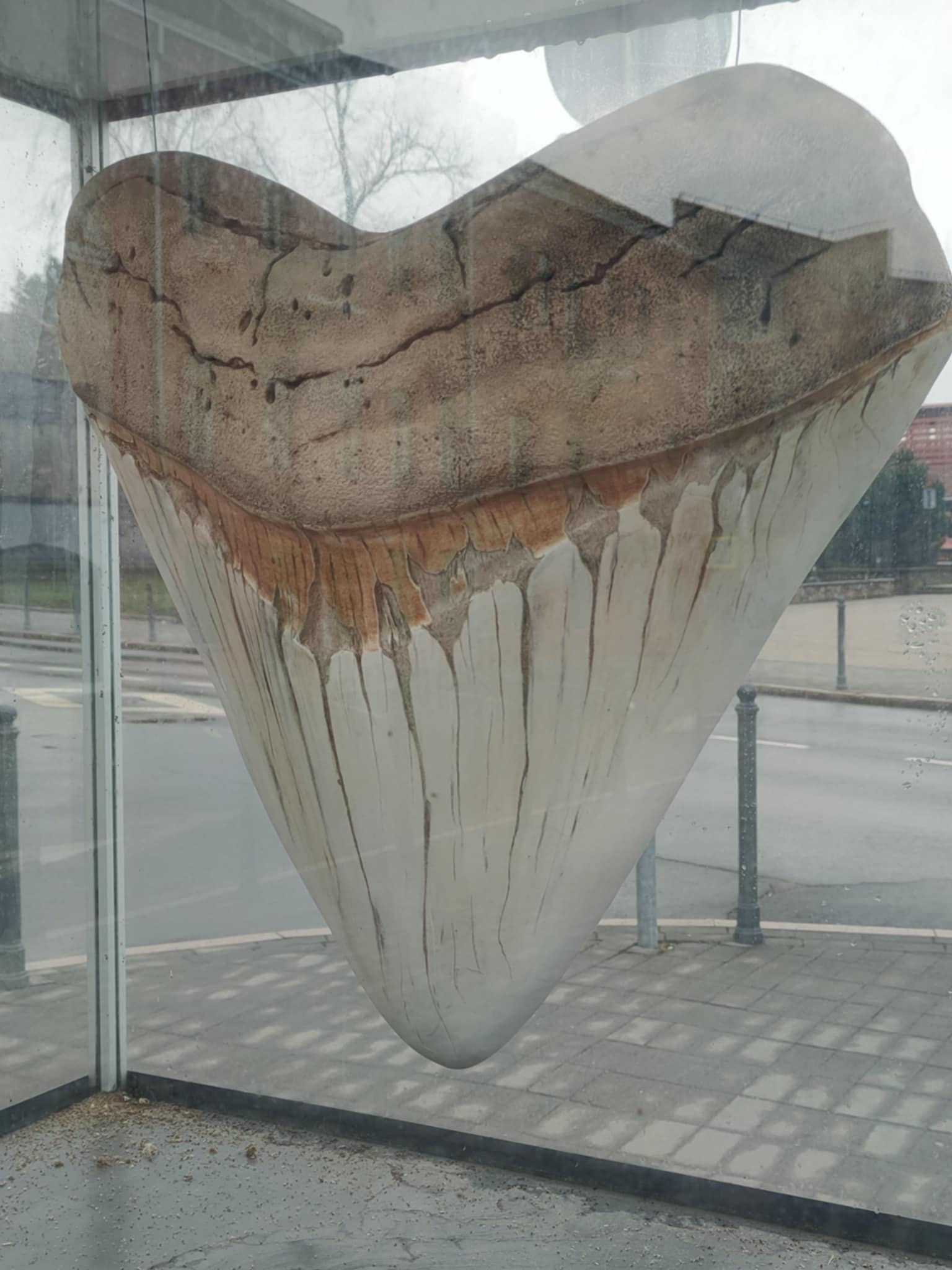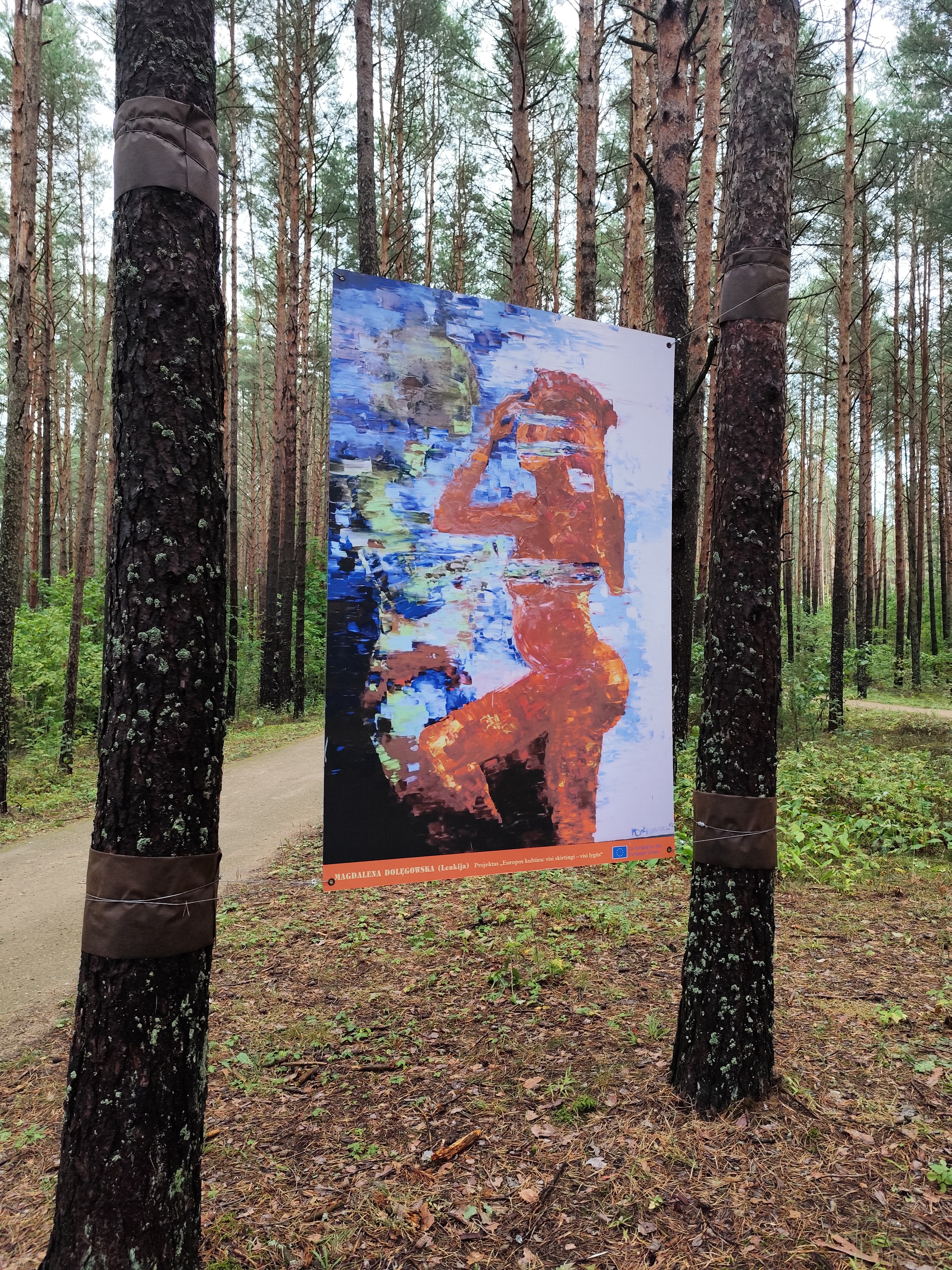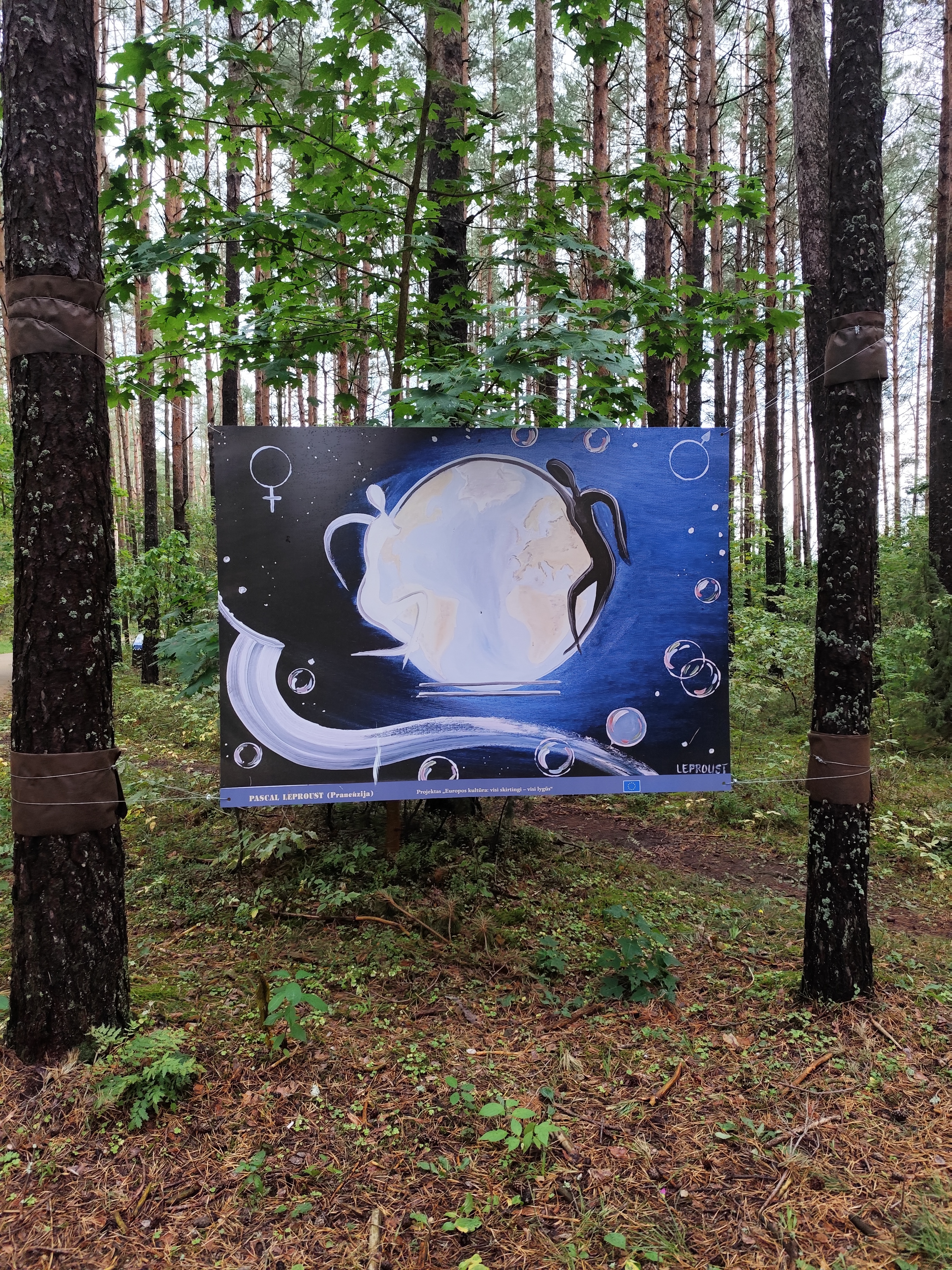Forest Park Trail

1891

5

8
5 out of 5
(4 reviews)
The Ignalina Forest Park, located in the beautiful pine forest by Lake Palaukinis, offers a great opportunity to enjoy and explore the beauty of nature. This park, which has become a popular walking destination, invites visitors to explore informational stands that reveal the natural diversity of the forest. Here, you can learn about rare and useful plant species, birds, and other natural elements that contribute to the beauty of this unique ecosystem.
Info
-

Parks
-
Ignalina




+15

The Ignalina Forest Park, located in the beautiful pine forest by Lake Palaukinis, offers a great opportunity to enjoy and explore the beauty of nature. This park, which has become a popular walking destination, invites visitors to explore informational stands that reveal the natural diversity of the forest. Here, you can learn about rare and useful plant species, birds, and other natural elements that contribute to the beauty of this unique ecosystem.
The park was designed to enhance the area's attractiveness and provide better conditions for recreation and leisure, while minimizing the impact on nature. The forest park uses only natural materials—paths are paved with hardened surfaces, and one of them is covered with wood bark, leading through piles of logs and branches. Unique natural phenomena, such as the larvae of the Schneider's beetle living under the bark of drying pines, can also be observed here.
Research has
revealed that this area is home to 25 species of land and water birds, and 17 birdhouses provide safe nesting places. Visitors can hear the calls of the cuckoo, the colorful flycatcher, the song thrush, and the great tit. On the lake shore, one might see swans, various duck species, and wildfowl. The plant world is also rich, with protected species such as the narrow-leaved burnet and the red-berried elder.
In the northern edge of the park, by the lake shore, visitors can enjoy the tranquility at rest areas with terraces and watch birds using binoculars. Stairs leading to the rest area help protect the slope from erosion.
The park also contains the old Jewish cemetery, where informational stands tell the history of Ignalina and the Jewish merchants and craftsmen who once lived here. In 1931, Ignalina had 1,538 residents, most of whom were Jewish; only about 20 survived the Holocaust, with some joining partisan groups.
Found a mistake?
Report

 Entertainment
Entertainment
 Food establishments
Food establishments





























 55.34323, 26.154712
55.34323, 26.154712
 Get directions
Get directions